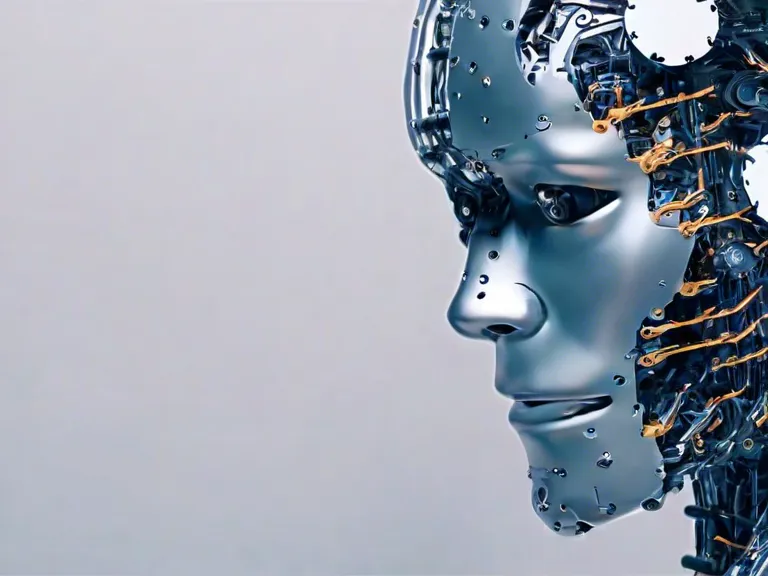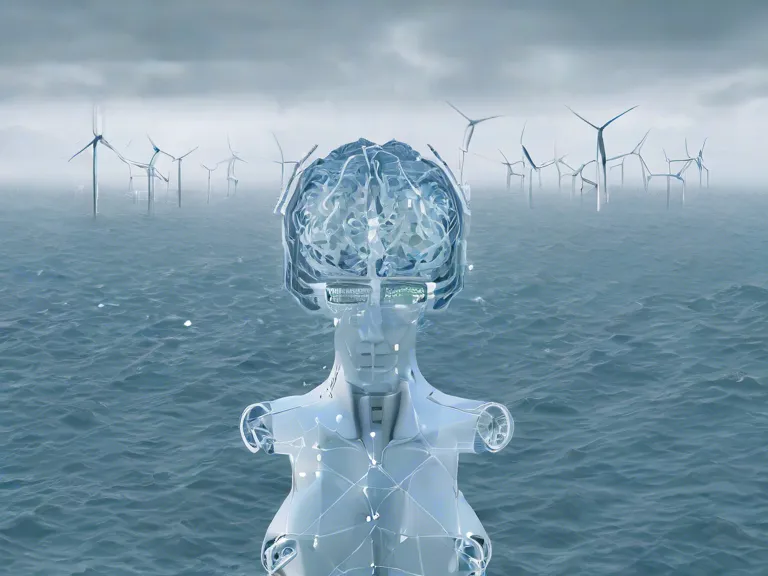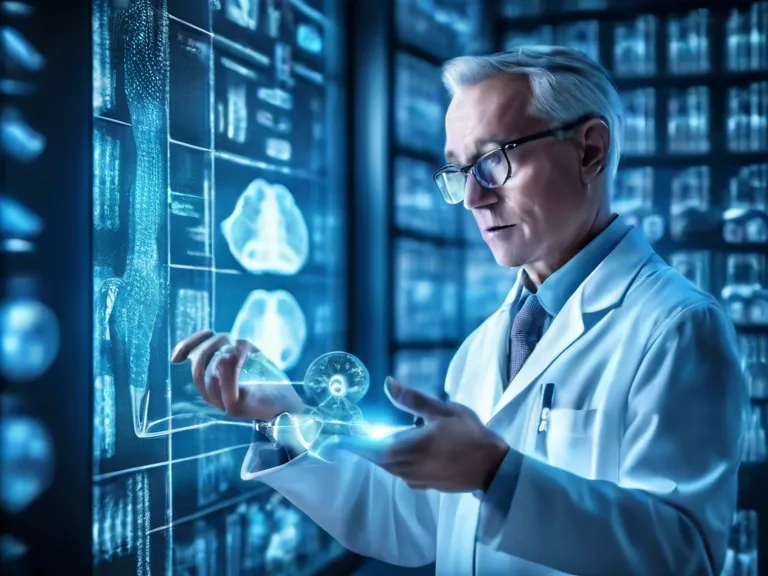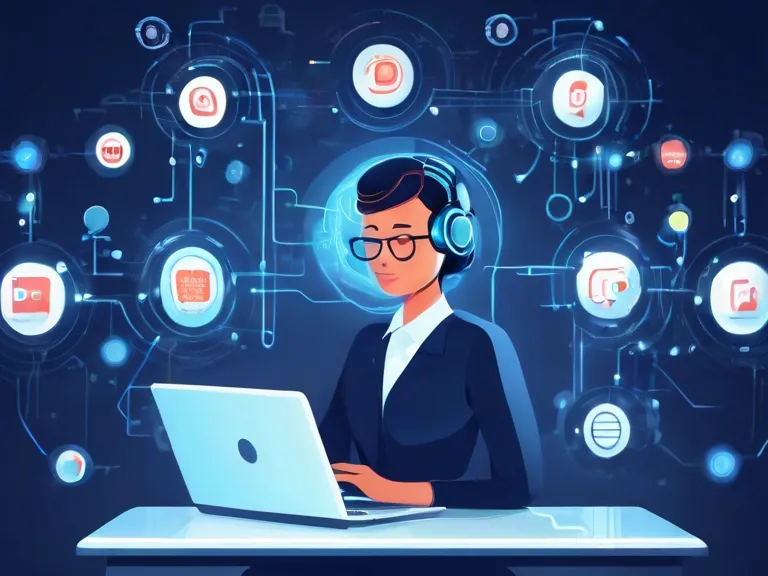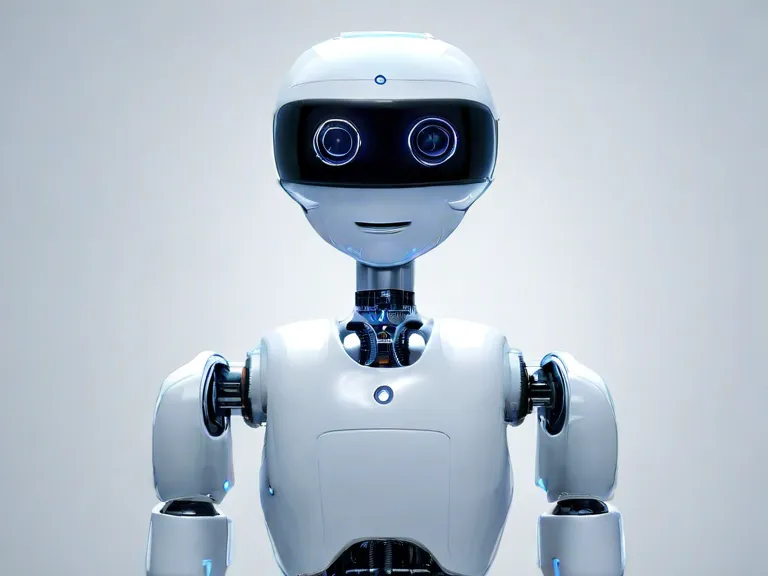
Recent Innovations in AI-Powered Robotics: How Robots Are Evolving
In the past few years, we have witnessed significant advancements in the field of AI-powered robotics. These innovations have not only revolutionized the way we perceive robots but have also opened up a plethora of opportunities for their applications across various industries. From robotic assistants in healthcare to autonomous delivery robots in retail, the possibilities seem endless. Let's delve into some recent innovations in AI-powered robotics and explore how robots are evolving.
AI-Powered Vision Systems: One of the most significant advancements in AI-powered robotics is the development of vision systems that allow robots to "see" and interpret visual data in real-time. This technology enables robots to identify objects, navigate through complex environments, and even interact with humans more efficiently.
Collaborative Robots (Cobots): Collaborative robots, or cobots, are designed to work alongside humans in a shared workspace. These robots are equipped with advanced safety features and AI algorithms that allow them to adapt to the movements of their human counterparts, making them ideal for tasks that require human-robot collaboration.
Natural Language Processing (NLP) for Human-Robot Interaction: With advancements in natural language processing (NLP), robots can now understand and respond to human commands more effectively. This technology has enabled the development of AI-powered chatbots, customer service robots, and even personal assistants that can engage in meaningful conversations with users.
Autonomous Navigation and Mapping: Autonomous navigation and mapping capabilities have significantly enhanced the mobility of robots. By leveraging AI algorithms and sensor fusion technologies, robots can now navigate complex environments, create detailed maps of their surroundings, and plan optimal paths to their destinations autonomously.
Behavior Learning and Adaptation: AI-powered robots are now capable of learning from their interactions with the environment and adapting their behavior accordingly. This capability, known as behavior learning, allows robots to continuously improve their performance and efficiency over time, making them more versatile and adaptable to changing tasks and environments.
As the field of AI-powered robotics continues to evolve, we can expect to see even more groundbreaking innovations that will further enhance the capabilities of robots and expand their applications across various industries. From healthcare and manufacturing to transportation and logistics, robots are poised to play a crucial role in shaping the future of work and society.
